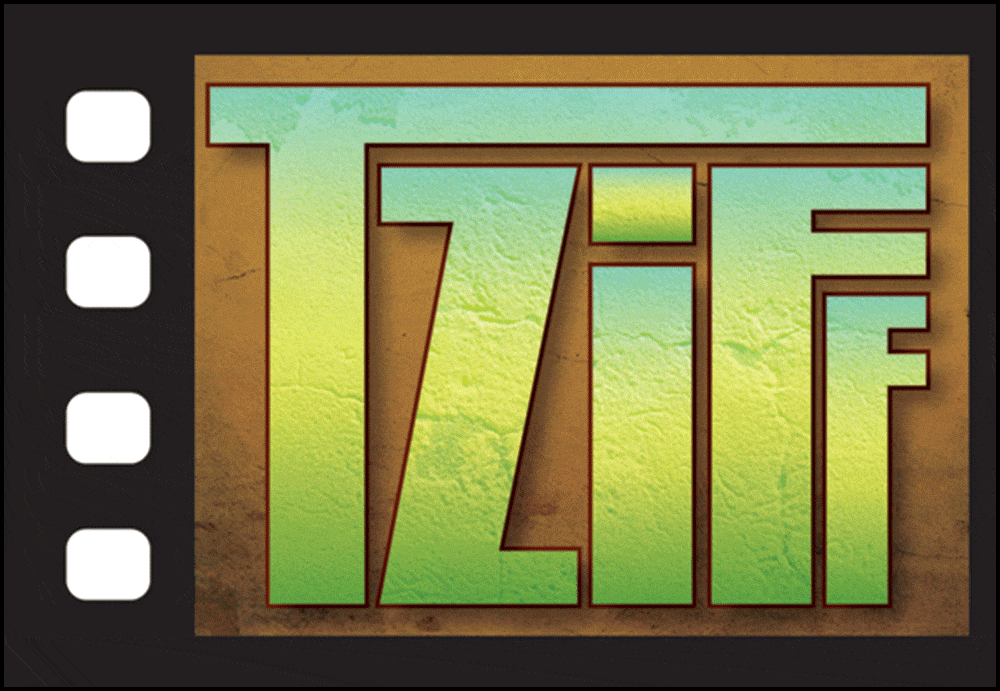Maura N.
The Last Black Unicorn
In the world of filmmaking, the camera is not just an instrument; it's a storyteller. It can depict reality as it is or bend it to create artistic wonders.
Let's explore the constant balancing act between realism and stylistic choices in cinematography and when to employ each to enhance your story.
In the end, the choice between realism and stylistic choices is a powerful tool in your filmmaking arsenal. Consider your narrative, your audience, and the emotional impact you aim to achieve. Remember, the camera is not just a passive observer; it's a storyteller, and your choice of realism or style shapes the tale it tells.
Let's explore the constant balancing act between realism and stylistic choices in cinematography and when to employ each to enhance your story.
Understanding Realism
Realism in cinematography means presenting scenes in a way that closely resembles our everyday experiences. It's like capturing life through a window. When filmmakers opt for realism, they aim to make the audience feel like they're right there in the scene.Examples of Realism:
- Documentaries: In documentaries, realism is king. The goal is to portray real-life events and people without embellishment. Think of nature documentaries showcasing animals in their natural habitats.
- Found Footage Films: Films like "The Blair Witch Project" use realism to make us believe we're watching genuine found footage, heightening the fear factor.
Exploring Stylistic Choices
On the flip side, stylistic choices allow filmmakers to infuse their unique vision into their work. It's like painting a canvas with emotions and atmosphere, often departing from strict realism to evoke feelings and create memorable visuals.Examples of Stylistic Choices:
- Film Noir: The moody, shadowy world of film noir doesn't replicate reality, but it immerses us in a stylized, dramatic atmosphere. Classics like "Double Indemnity" are great examples.
- Wes Anderson's Aesthetic: Filmmaker Wes Anderson's distinctive, symmetrical compositions and vibrant color palettes create a whimsical, stylized world in films like "The Grand Budapest Hotel."
Striking the Balance
So, when do you choose one over the other? The answer lies in your narrative intent.- Realism for Authenticity: Use realism when you want to convey truth, document real events, or immerse the audience in a relatable, everyday world. Think of historical dramas like "Schindler's List."
- Stylistic Choices for Emotion: Employ stylistic choices when you want to evoke emotions, emphasize themes, or transport the audience to a heightened reality. Consider how Christopher Nolan used bending cityscapes in "Inception" to convey the dream world's surrealism.
Hybrid Approaches
Sometimes, the best storytelling lies in blending realism and style. Directors like Quentin Tarantino infuse hyper-stylized violence into very real settings, creating a unique cinematic experience.In the end, the choice between realism and stylistic choices is a powerful tool in your filmmaking arsenal. Consider your narrative, your audience, and the emotional impact you aim to achieve. Remember, the camera is not just a passive observer; it's a storyteller, and your choice of realism or style shapes the tale it tells.








